In the heart of Kyiv, a once-vibrant mural depicting a sunflower—Ukraine’s national symbol—now lies in ruins, its colors faded beneath the rubble of a bombed apartment building. This scene is not unique. Across Ukraine, countless works of street art, some celebrated, others obscure, have been reduced to debris by Russian missiles and artillery. But from this destruction, an unexpected initiative has emerged: the Destroyed Murals Project, an effort to document and, in some cases, recreate the lost art as a testament to the war’s cultural toll. The project has sparked a complex debate: Is this a meaningful act of preservation, or does it risk turning tragedy into a spectacle?
The idea took shape in early 2023, when a group of Ukrainian artists and archivists began cataloging street art damaged or erased by the war. Their mission was straightforward—to ensure that these works, often created by local artists as expressions of community identity or resistance, would not vanish without a trace. Photographs, drone footage, and 3D scans were compiled into a digital archive, accompanied by stories from residents who witnessed the art’s creation—and its destruction. Some murals, like Odessa’s famed "Dove of Peace," were internationally recognized; others were humble, hyperlocal pieces known only to neighborhood children. All were deemed worth remembering.
But as the project gained attention, so did the criticism. Skeptics argue that focusing on art—especially when human lives remain the war’s primary cost—can feel like misplaced priorities. "A mural is not a person," wrote one commentator in a heated online thread. "No one dies when paint cracks. Why frame this as a ‘cultural tragedy’ when the real tragedy is in morgues and mass graves?" Others worry that the destroyed murals’ digital afterlife, shared widely on social media, risks aestheticizing suffering. A haunting image of a shattered mosaic, reposted with an artsy filter and a pensive caption, can easily slip into what critics call "war porn"—a voyeuristic consumption of others’ pain.
Proponents, however, see something radically different. For them, the project is a form of defiance. "Russia wants to erase us—our history, our identity," says Kateryna Laskari, a curator involved in the initiative. "When we rebuild a mural, even just as a pixel on a screen, we’re saying: ‘You failed.’" She points to the symbolic weight of street art in Ukraine’s recent history. During the 2014 Maidan protests, murals became a visual language of resistance; later, in war-torn Donbas, they served as markers of solidarity. To document their destruction, Laskari argues, is to expose the intentional targeting of culture as a weapon of war—a pattern seen from Sarajevo to Aleppo.
The debate grows thornier when money enters the picture. Last autumn, the project launched a crowdfunding campaign to reconstruct several murals in safer regions of Ukraine. While many donated enthusiastically, others balked at the allocation of resources. "Shouldn’t funds go to armor or hospitals first?" asked a dissenting donor. The team’s response—that art fosters morale and normalcy—did little to quell the unease. Meanwhile, international galleries have expressed interest in exhibiting the archive, raising questions about who profits from Ukraine’s loss. "There’s a fine line between solidarity and exploitation," admits one artist, who requested anonymity. "I don’t want our grief framed on a Berlin gallery wall with a €20 entry fee."
Perhaps the most poignant tension lies in the act of recreation. Some destroyed murals have been meticulously repainted in new locations—a process the team calls "ghosting." But for all its technical precision, a ghost mural can never replicate the original’s context. The sunflower that once bloomed on a Kharkiv school wall, for instance, now thrives on a canvas in Lviv, far from the neighborhood that cherished it. Is this resilience, or displacement? The answer may depend on whether you see art as a fixed object or a living narrative. As one elderly Kharkiv resident told researchers: "The new one is beautiful. But it doesn’t smell like our street after rain."
What emerges from the Destroyed Murals Project is not a tidy resolution but a mirror to the contradictions of wartime art. Can aesthetics and atrocity coexist in the same frame? Should they? The project’s archivists seem to acknowledge this ambiguity. Their website includes a disclaimer of sorts: "We do not seek to beautify war. We seek to prove that war cannot destroy beauty." It’s a noble sentiment, yet the line between the two remains as fragile as a fresco on a bombed-out wall.
As the war drags on, the archive continues to grow. Each addition is a small act of resistance—or a small act of commodification, depending on who you ask. But in a conflict where narratives are as contested as territory, perhaps the project’s greatest value lies in its refusal to let destruction have the final word. The murals may be gone, but the questions they’ve ignited linger like pigment in concrete: stubborn, unresolved, and painfully human.

By /Jun 26, 2025

By /Jun 26, 2025

By /Jun 26, 2025

By /Jun 26, 2025
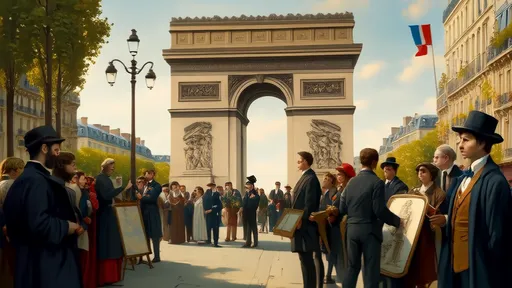
By /Jun 26, 2025

By /Jun 26, 2025
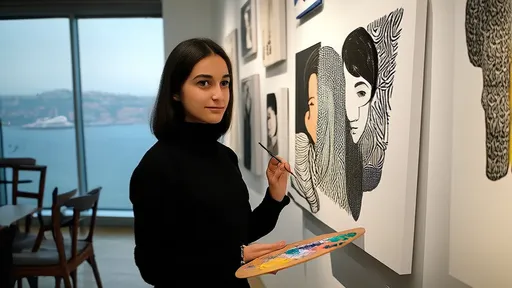
By /Jun 26, 2025
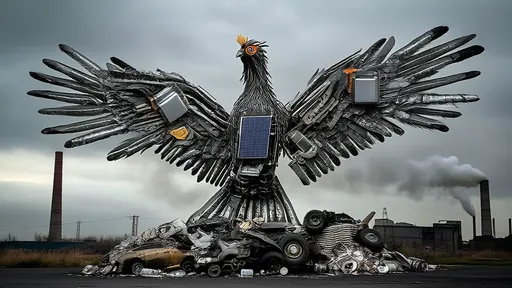
By /Jun 26, 2025

By /Jun 26, 2025
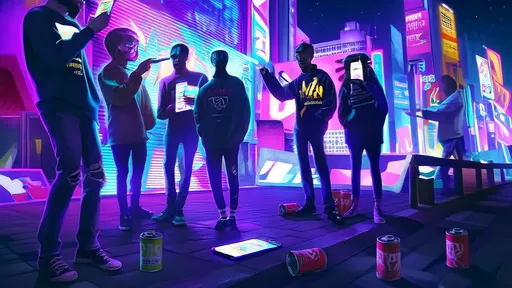
By /Jun 26, 2025
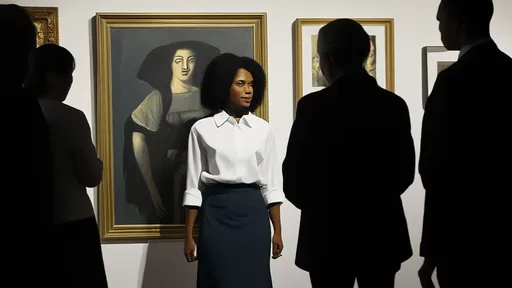
By /Jun 26, 2025
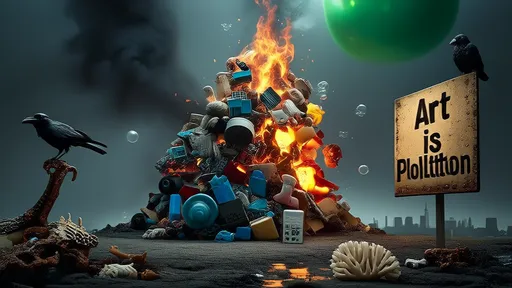
By /Jun 26, 2025
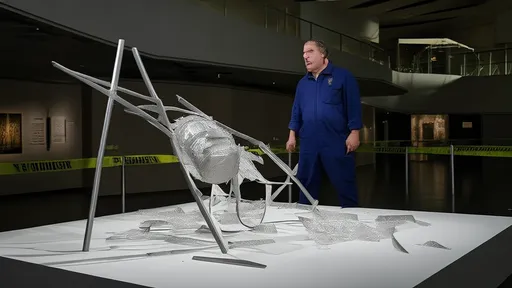
By /Jun 26, 2025
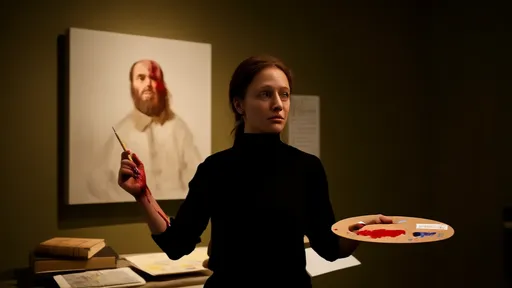
By /Jun 26, 2025
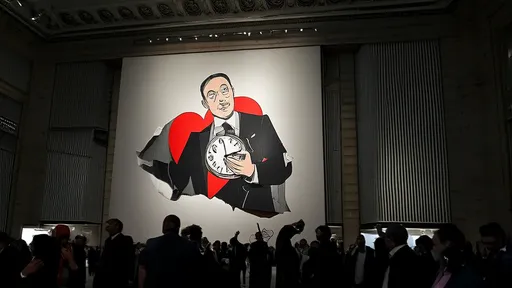
By /Jun 26, 2025
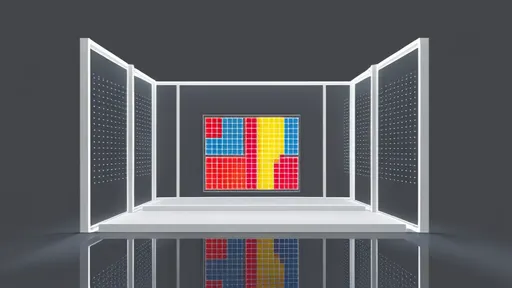
By /Jun 26, 2025

By /Jun 26, 2025